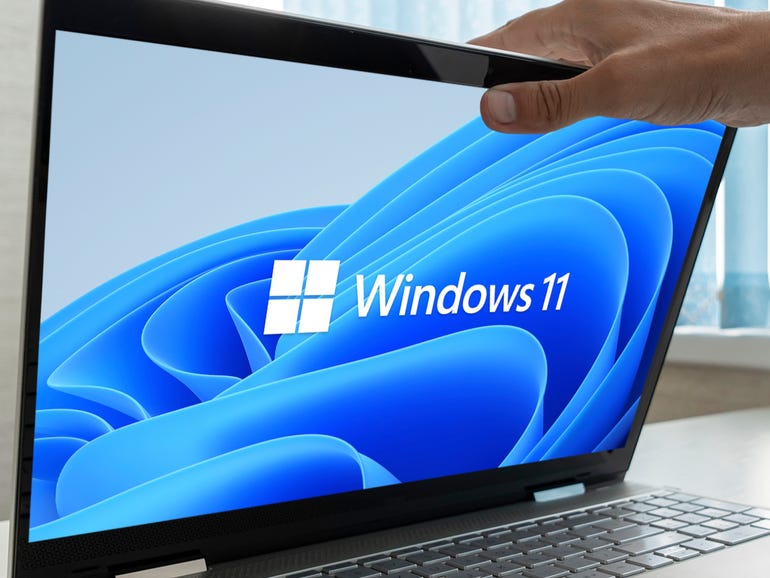
Windows 11: More Windows 10 PCs get the new OS, but don’t expect a fast roll out
Last Updated on January 6, 2023 by Admin
[ad_1]
With its new PC Health Check app for Windows 10 out, Microsoft has begun rolling out Windows 11 to more PCs that its upgrade machine-learning model has deemed ready for the new OS.
“The availability of Windows 11 has been increased and we are leveraging our latest generation machine-learning model to offer the upgrade to an expanded set of eligible devices,” Microsoft says on the Windows 11 health dashboard.
While Windows 11 is restricted to eligible devices that meet its hardware requirements, Microsoft is recommending people with machines that fit the profile to do it so they can “take advantage of the latest features and advanced protections from security threats”.
SEE: Microsoft’s Windows 11: How to get it now (or later)
Microsoft also suggests installing its PC Health Check app and reviewing its minimum system requirements. The app is available for Windows 10 version 2004 and later devices.
If the device is deemed ‘ready’ by Microsoft, users can check for the upgrade by opening Windows Update settings. This can be done by going to Settings > Update & Security > Windows Update. Then users need to select Check for updates.
To get Windows 11, a Windows 10 PC needs: 4GB of RAM and 64GB of storage; UEFI secure boot enabled; a graphics card compatible with DirectX 12 or later, with a WDDM 2.0 driver; and Trusted Platform Module (TPM) 2.0 enabled, if it’s in the hardware.
Many PCs built in 2018 or earlier won’t be eligible for Windows 11, preventing many of the 1.3 billion Windows 10 machines from upgrading. As a result, Windows 11 is not expected to roll out at anywhere near the speed of Windows 10 1803, which was the fastest Windows 10 roll-out since 2015. This was succeeded by version 1809, the slowest roll-out since 2015 due to a disastrous data-loss bug.
AdDuplex, an ad-metrics firm that has a relatively small sample size of 60,000 Windows PCs, estimates that just 4.8% of PCs have moved to Windows 11. Its Windows 11 snapshot was taken three weeks after Microsoft’s October 5 official release date.
The figures are indicative of Microsoft’s “measured and phased approach to the rollout of Windows 11“, which will become available through Windows Update when the Redmond company’s models believe the upgrade won’t create software incompatibility problems. Windows users can check the Windows release health page to find information about the upgrade for their specific version of Windows 10.
SEE: Windows 11 upgrade: Five questions to ask first
The minimum requirements are meant to reflect the increased sophistication of attacks against Windows consumer and enterprise customers, much of which is ransomware targeting organisations capable of paying multi-million dollar extortion fees to restore systems whose data has been encrypted by cyber criminals.
Dave Weston, Microsoft’s director of enterprise and Windows security, told ZDNet recently that today’s hacker is not the archetypal script-kiddy from 20 years ago, but “somebody who is working in the military-industrial complex, who works in an office”.
If organisations want to stay with Windows 10, which will reach end of life on October 14, 2025, they won’t be left behind, Weston said: many features like Windows Hello, Virtualization Based Security and Secure Boot are still available, but they need to be turned on.
[ad_2]
Source link




